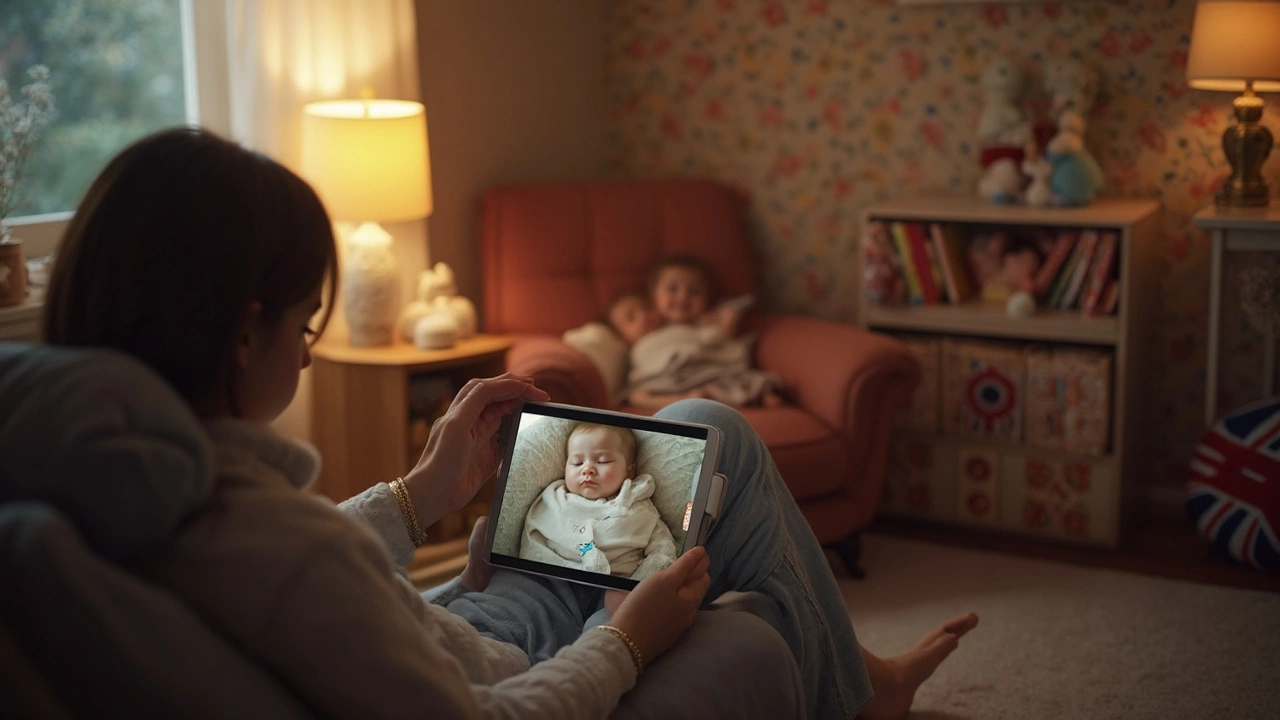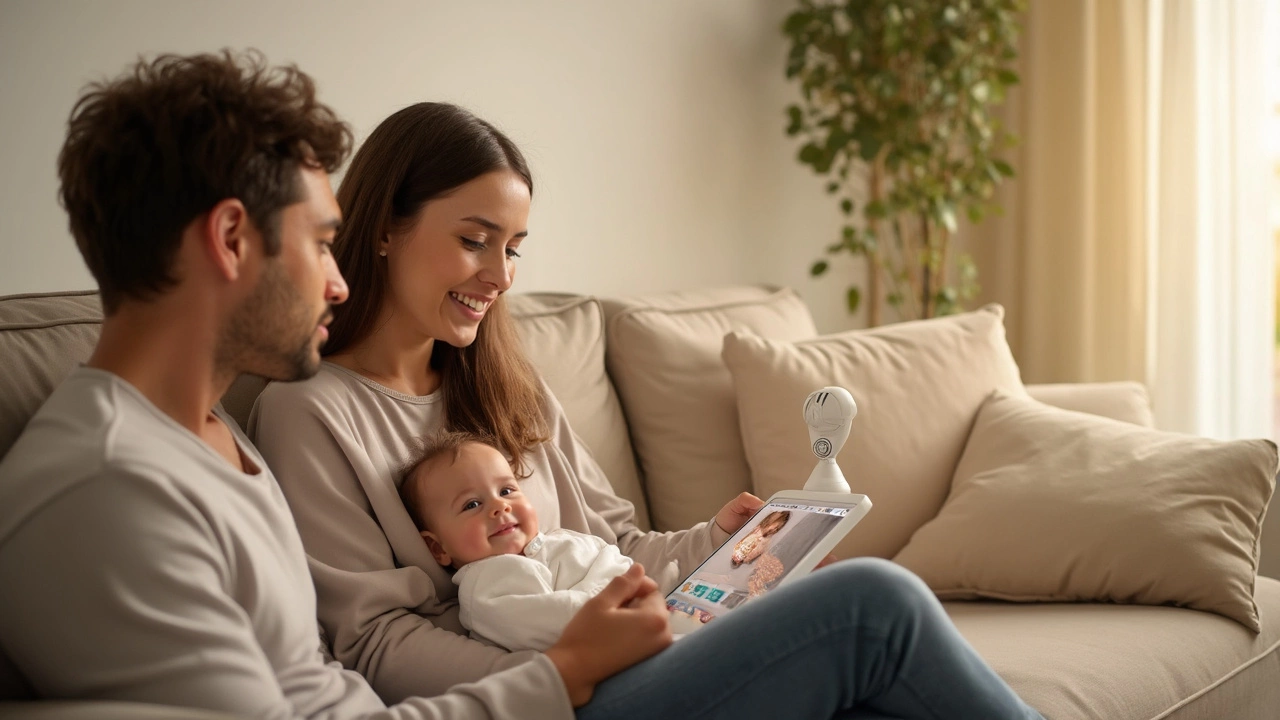Thinking about adding a smart baby monitor to your nursery? You’re not alone – parents love the peace of mind that comes with a camera, audio feed, and real‑time alerts on their phone. But with dozens of models on the market, choosing the right one can feel overwhelming. Let’s break down the key factors you should weigh before you click ‘buy’.
Most modern monitors connect to your home Wi‑Fi, letting you watch your little one from anywhere. The convenience is huge, but a Wi‑Fi link also opens a door for hackers if the device isn’t secured properly. Look for monitors that use end‑to‑end encryption, have regular firmware updates, and allow you to change default passwords.
If privacy is your top priority, a non‑Wi‑Fi (radio‑frequency) monitor keeps the video and audio strictly between the camera and the parent unit. These units can’t be accessed over the internet, which eliminates remote hacking risks. The trade‑off is that you can’t view the feed on your phone when you’re out of the house.
Night vision. Babies sleep in dark rooms, so a monitor with infrared LEDs or a low‑light sensor is essential. Look for clear black‑and‑white or color night vision that shows details without a grainy blur.
Two‑way audio. Being able to soothe your child with your voice, or hear when they’re crying, adds a layer of reassurance that many parents don’t want to give up.
Battery life. A long‑lasting battery means fewer interruptions. Units that can run 10+ hours on a single charge are worth the extra cost.
Temperature sensor. Some monitors include a built‑in thermometer, alerting you if the room gets too hot or cold – a handy safety net.
App usability. The companion app should be easy to navigate, with clear icons for live view, playback, and alerts. Avoid apps that bombard you with ads or heavy data usage.
One common myth is that a higher megapixel count automatically means a better monitor. In practice, you’ll get more benefit from a good infrared array and a stable connection than from a fancy 1080p sensor that constantly drops frames.
To keep your setup secure, change the default username and password right after installation, enable two‑factor authentication if the app offers it, and keep the firmware updated. A quick weekly check of the device’s security settings can prevent most unwanted access.
When it comes to mounting, place the camera at eye level with your baby’s crib and angle it to capture the entire sleeping area without pointing directly at bright windows. This reduces glare and ensures a clear view both day and night.
Finally, read reviews that focus on real‑world usage – parents often mention issues like Wi‑Fi dropouts or delayed notifications that don’t appear in the product specs. Balancing features, security, and reliability will give you a monitor that truly adds peace of mind, not extra worry.
Ready to pick a model? Look for units that score high on security, have solid night‑vision performance, and offer an intuitive app. With the right smart baby monitor, you’ll get the reassurance you need while keeping your little one safe and comfortable.

Trying to choose the best baby monitor can feel overwhelming with all the new tech and endless features. This article breaks down what parents really need, what to skip, and which monitor currently tops the list. Find out what sets the number one pick apart, how to make your monitor work smarter for you, and a few tips that even seasoned parents sometimes miss. Save yourself the guesswork and pick a monitor you’ll actually trust. No fluff, just straight talk about what’s worth your money.

Wi-Fi baby monitors offer a glimpse into the future of parenting with tech that's convenient, accessible, and packed with features. Parents can keep an eye on their little ones from anywhere, gaining peace of mind even when out of the house. These smart devices integrate seamlessly with digital life, providing real-time updates and alerts. Yet, with great convenience come considerations around security and practicality. Learn the essentials to decide if a Wi-Fi baby monitor is right for your family.